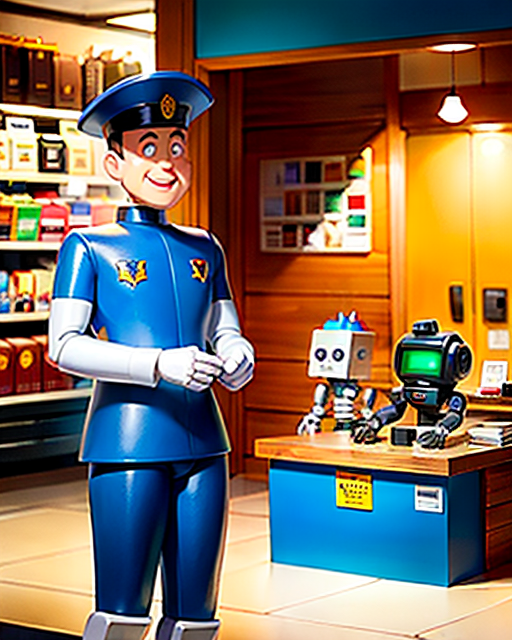Large Language Models – The Fuel behind ChatGPT

In this episode of “A Beginner’s Guide to AI”, we dive deep into the world of Large Language Models (LLMs). We start by exploring what LLMs are and how they work, discussing their ability to understand and generate human-like text. We then delve into a real-world case study of Yabble, a company that uses OpenAI’s GPT-3 to analyze customer feedback at a revolutionary scale. We wrap up by discussing the challenges and ethical considerations of implementing LLMs. Join us as we unravel the complexities of these powerful AI tools and their real-world applications.
This podcast was generated with the help of artificial intelligence.
Music credit: “Modern Situations by Unicorn Heads”.
Start listening:
Or Listen On Your Favorite Network:
Don’t want to listen to the episode?
Here you can read it as an article!
Unraveling the Mysteries of Large Language Models
Introduction
Artificial intelligence has seen remarkable advancements in recent years. One of the most exciting developments is in an area known as Large Language Models (LLMs). These AI systems have mastered understanding and generating human-like text in ways that were unimaginable just a few years ago.
In this post, we’ll unpack what exactly Large Language Models are, how they work, their capabilities and limitations, and the opportunities they present for the future.
What Are Large Language Models?
LLMs are a type of AI model that is trained on massive volumes of text data. We’re talking hundreds of gigabytes to even trillions of words. They learn the nuances of language – patterns, context, grammar – to reach human-like proficiency.
An analogy is learning a new language by full immersion. As you read more books, listen to more conversations, and write more, you internalize the structures and rules. LLMs do this, but at a monumental scale, ingesting vast corpora of text data.
How Do They Work?
LLMs rely on machine learning, specifically a technique called neural networks. The model is shown text sequences and asked to predict the next word. With enough training data, the predictions become incredibly accurate.
Beyond just predicting the next word, LLMs can generate full sentences, paragraphs, even entire articles that are indistinguishable from human writing. Their knowledge of language patterns allows creative and coherent text generation.
Real-World Applications
Let’s look at one of the most advanced LLMs – OpenAI’s GPT-3. It’s been trained on hundreds of gigabytes of text and can write stunningly human-like prose, poems, code, and more. The potential real-world applications are far-reaching:
- Customer service chatbots that can engage in natural conversations
- Creative assistance for writers and marketing professionals
- Automatic summarization of long reports into concise briefs
- Translation between languages
- Information retrieval from large databases
Startups like Anthropic are using GPT-3 internally to boost productivity. And companies like Yabble utilize it to extract insights from large volumes of customer feedback.
Limitations and Challenges
However, LLMs have their drawbacks. Their outputs are only as good as their training data. If the data has inaccuracies or biases, these will be reflected. The models themselves have no real understanding of the world. They also require vast computational resources, putting them out of reach for many.
There are also debates around ethics – for instance, who should have access to models that can generate misinformation convincingly? The societal impacts of LLMs require deep consideration.
The Road Ahead
While not perfect, Large Language Models represent an astonishing leap in AI’s mastery of human language. Their present capabilities are just the beginning – with more advances in training techniques and compute power, the future possibilities are mind-boggling.
Like any technology, LLMs come with risks and challenges. But with care and responsibility, they have immense potential to benefit businesses, academics, creatives, and more. The next decade will be a fascinating one as these models continue to evolve. Brace yourself for a future where AI and human are indistinguishable!
Want to explore how AI can transform your business or project?
As an AI consultancy, we’re here to help! Drop us an email at info@argo.berlin or visit our contact page to get in touch. We offer AI strategy, implementation, and educational services to help you stay ahead. Don’t wait to unlock the power of AI – let’s chat about how we can partner to create an intelligent future, together.


